Neandertals were a lot like our human ancestors
They used fire, made a variety of tools and even cared for those who were injured
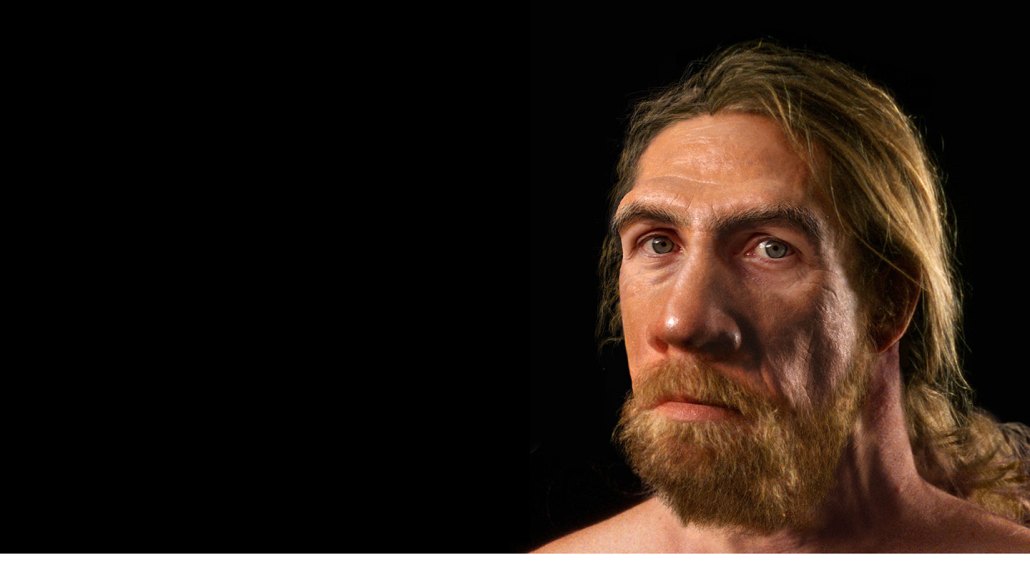
Archaeological evidence shows that Neandertals were intelligent and capable individuals. Genetic evidence also suggests some could have had light hair and fair skin. Artist John Gurche digitally reconstructed this head by working from the image of a skull from a classic Neandertal skeleton — La Ferrassie 1 — unearthed in France.
© J. Gurche 2023
Share this:
- Share via email (Opens in new window) Email
- Click to share on Facebook (Opens in new window) Facebook
- Click to share on X (Opens in new window) X
- Click to share on Pinterest (Opens in new window) Pinterest
- Click to share on Reddit (Opens in new window) Reddit
- Share to Google Classroom (Opens in new window) Google Classroom
- Click to print (Opens in new window) Print
If someone accuses you of being a Neandertal, it’s not a compliment. The name is used to make people feel less than human. And that’s long been the view most people have taken of our prehistoric cousins. But recent research reveals Neandertals were anything but clumsy or stupid. Rather, they were intelligent, innovative and social. They also appear to have taken care of their sick and injured.
For hundreds of thousands of years, Neandertals inhabited much of Eurasia. They overlapped with our species for just a few thousand years. Since modern humans are the only species left, it’s easy to think we must have been somehow better than Neandertals. For decades, even scientists tended to share that view. But that attitude is starting to shift. And it’s backed by evidence that Neandertals were highly capable people.
What can bits of tools, bones and fibers tell us about these mysterious people? More than you might think.
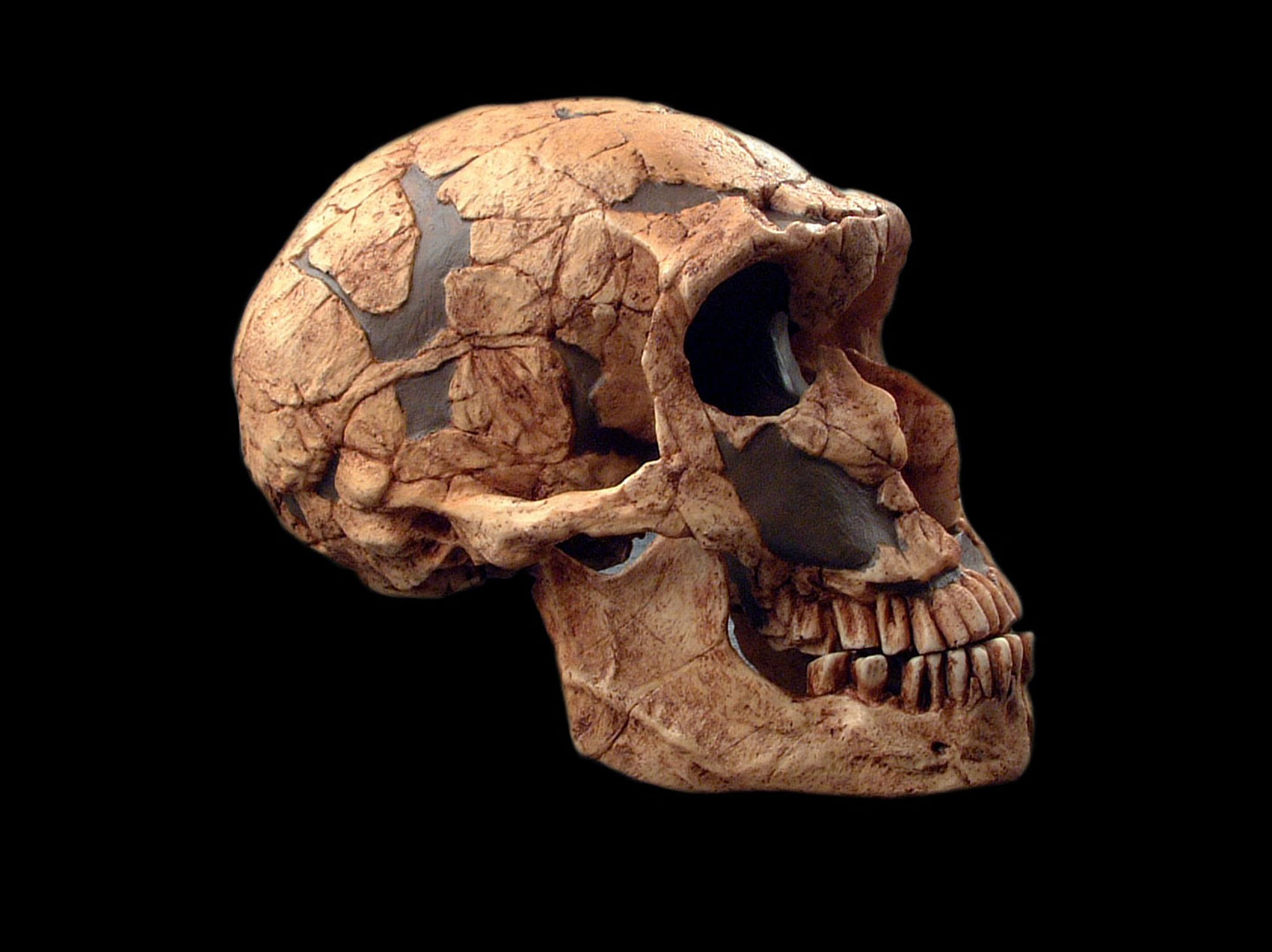
Into the fire
A natural hot spring lies at Poggetti Vecchi, in central Italy. Its waters have drawn people and animals to the site for hundreds of thousands of years. In 2012, work near the spring turned up buried bones and tools. That’s when Biancamaria Aranguren got involved. She’s an archaeologist in Florence, Italy. She works at the Superintendence of Archaeology, Fine Arts and Landscape of Tuscany. Italy is rich with archaeological finds. Aranguren is part of a team working to preserve artifacts found there.
Items at the site were found beneath three meters (10 feet) of soil that was wet from the hot spring. Each day, the team had to pump out the water before starting work. The researchers uncovered flint, elephant bones and pieces of wood. Stone tools and bone aren’t unusual. The wood, however, was a remarkable find.
Unlike rock and the mineral parts of bone, wood is made of plant material that decays easily. Wooden tools are common today and probably have been for hundreds of thousands of years. But they decompose rapidly when exposed to air. Ancient ones rarely last long enough for us to study them.
Here they were “soaked in the thermal water,” Aranguren says. “That helped preserve them for 170,000 years.” Modern humans didn’t live in Europe back then. So the tools must have belonged to an ancient group of Neandertals.
The team found 39 pieces of wooden tools. A thin layer of char coated 12 of them. That offers evidence that Neandertals had worked the sticks in fire. As the team analyzed the artifacts, they discovered they these had been made from boxwood. It’s a very hard wood that’s difficult to shape. Fire, the team found, made that process easier. Fire would have aided “removal of the outer bark and the processing of the handle and the tip” with stone tools, Aranguren explains.
The finished products were digging sticks, like those often used today by people who forage for food. The tools at Poggetti Vecchi are about one meter (three feet) long, with a rounded handle at one end and blunted tip at the other. They can be used to dig up roots and tubers or to hunt small prey. In the case of Neandertals at Poggetti Vecchi, they might have been used to drag an elephant carcass out of the hot spring, so these folk could eat its meat. In addition to telling us about their tools, the site also makes it clear these people lived in groups. Alone, one Neandertal would not have been able to retrieve an elephant from the water.
“Even before 170,000 years ago,” Aranguren says, “Neandertals possessed a complex knowledge of pyro-technology.” They could control fire and use it for specific tasks. This “could also suggest the ability to light a fire, although there is no direct proof of this,” she adds.
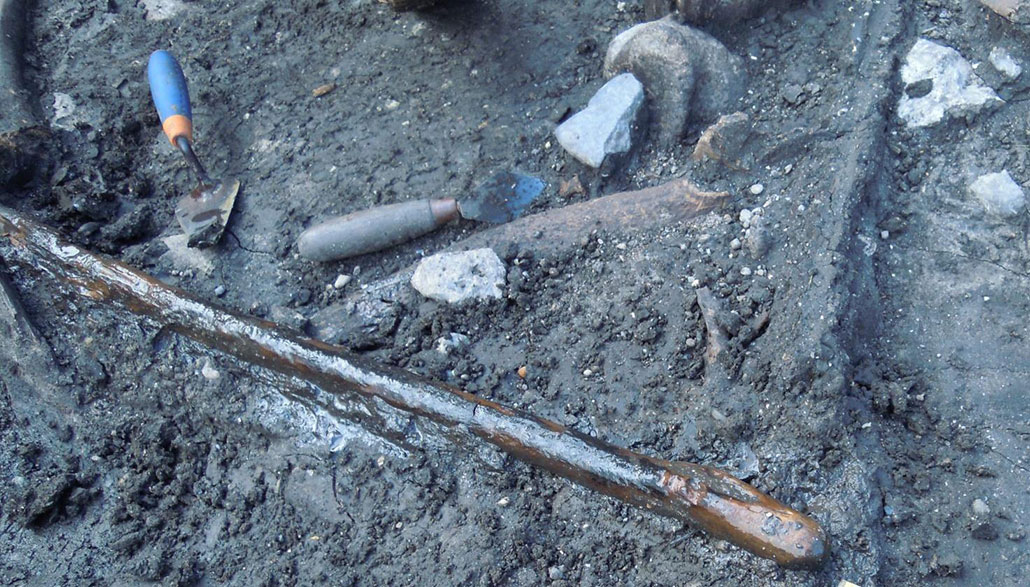
Tying up loose ends
In southern France, near the Rhône River valley, a different archaeological site revealed another rare find: a piece of cord. Trapped beneath a stone flake (a type of tool), the six-millimeter (0.24 inch) length of cord managed to avoid rotting for some 50,000 years. “It likely got covered up fairly rapidly with sediment,” says Bruce Hardy. “Any time that happens, we get better preservation,” he explains.
An archaeologist, Hardy works at Kenyon College in Gambier, Ohio. With microscopes, he analyzes the outside surface of stone artifacts. He’s looking for evidence that might otherwise go undetected. The piece of cord was an unexpected find. And it provides a surprising amount of insight into the Neandertals who made it.
“We know what it takes to make a cord,” Hardy says. “You get bundles of these fibers, and you can simply take them and put them on your leg and roll your hand [down your thigh] and twist them. If you know what you’re doing, the force of the twist will cause it to twist back in the other direction.” It’s that secondary twist that keeps the cord from unraveling. “Physically, it’s not that hard to do,” Hardy says. “Coming up with that idea — and understanding how it would work — that’s where we get an insight into Neandertals.”
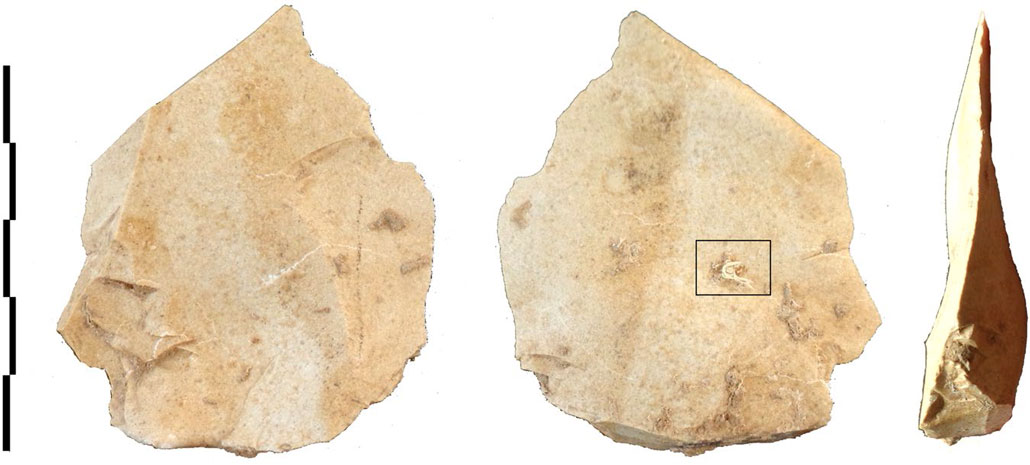
Hardy’s analysis found the fibers came from conifers. Making cord from them isn’t easy — or obvious. The fibers come from the inner bark of a tree. That’s where the tree adds new growth (tree rings) each year. Inner bark is easy to remove in June, at the start of the growing season. But as it turns more and more woody, removing the fibers gets harder and harder. So Neandertals had to know when to harvest the fibers.
What’s more, they had to know fibers were there in the first place. “Looking at a tree, you see nothing that tells you anything about a cord,” Hardy notes. “You have to strip off the outer bark to get to the inner bark.” That suggests some high-level thinking, he says. It also suggests the ability to communicate information about their location and the timing for harvesting to others.
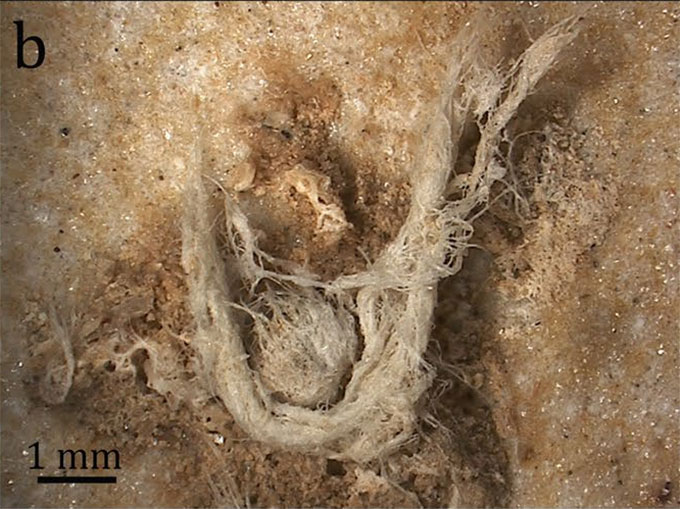
Making cords is similar to language, Hardy argues. You need sounds to make up words to build a sentence. To make a cord, you need the individual fibers. Then you need to arrange them next to each other and twist them just so. “It’s the same kind of scaffolded task that you can’t get to in one step,” he explains.
The cord also had more secrets to reveal about its makers. It was three-ply, so three sets of fibers twist around each other, instead of two. Modern-day survivalists make two-ply cords, Hardy notes. It makes them strong. But adding a third strand greatly increases a cord’s strength. The more fibers there are and the more layers in the cord, the harder it is to pull them apart. A three-ply cord suggests Neandertals had a sense of numbers. “Yet again,” he argues, this points to “some pretty complex mental capacities.”
How was the cord used? No one knows. It could have tied the stone flake to a wooden handle. Or perhaps it was part of something more complex. It could have been tied with others to create a net or bag. Perhaps the tool was being carried in a bag that fell, never to be retrieved. “Any one of those things is possible,” says Hardy. What’s not possible, he adds, is “for us to know which one it is.”
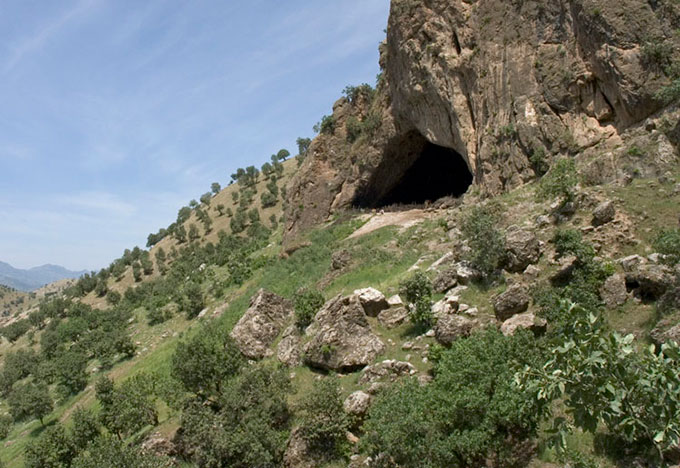
In sickness and in health
Neandertals were capable of far more than simply making and using a variety of tools. We know they lived in groups, and there’s now evidence they knew something about healthcare. And that’s good. Almost every skeleton found shows signs of illness or injury. Catching a cold or cutting your finger won’t leave a mark on your bones. But a serious disease or broken bone will sometimes permanently scar or alter bone, says Penny Spikins. She’s an evolutionary anthropologist at the University of York in England.
Breaking an arm or losing sight in one eye might not stop someone from feeding themselves or finding their own shelter. But a broken leg is another story. Neandertals moved around a lot, Spikins says. Someone with a broken leg couldn’t have fended for themselves back in the Stone Age, when there were large predators prowling about. Anyone with a serious leg injury would have needed someone else to bring them food and water and then protect them until they’d healed.
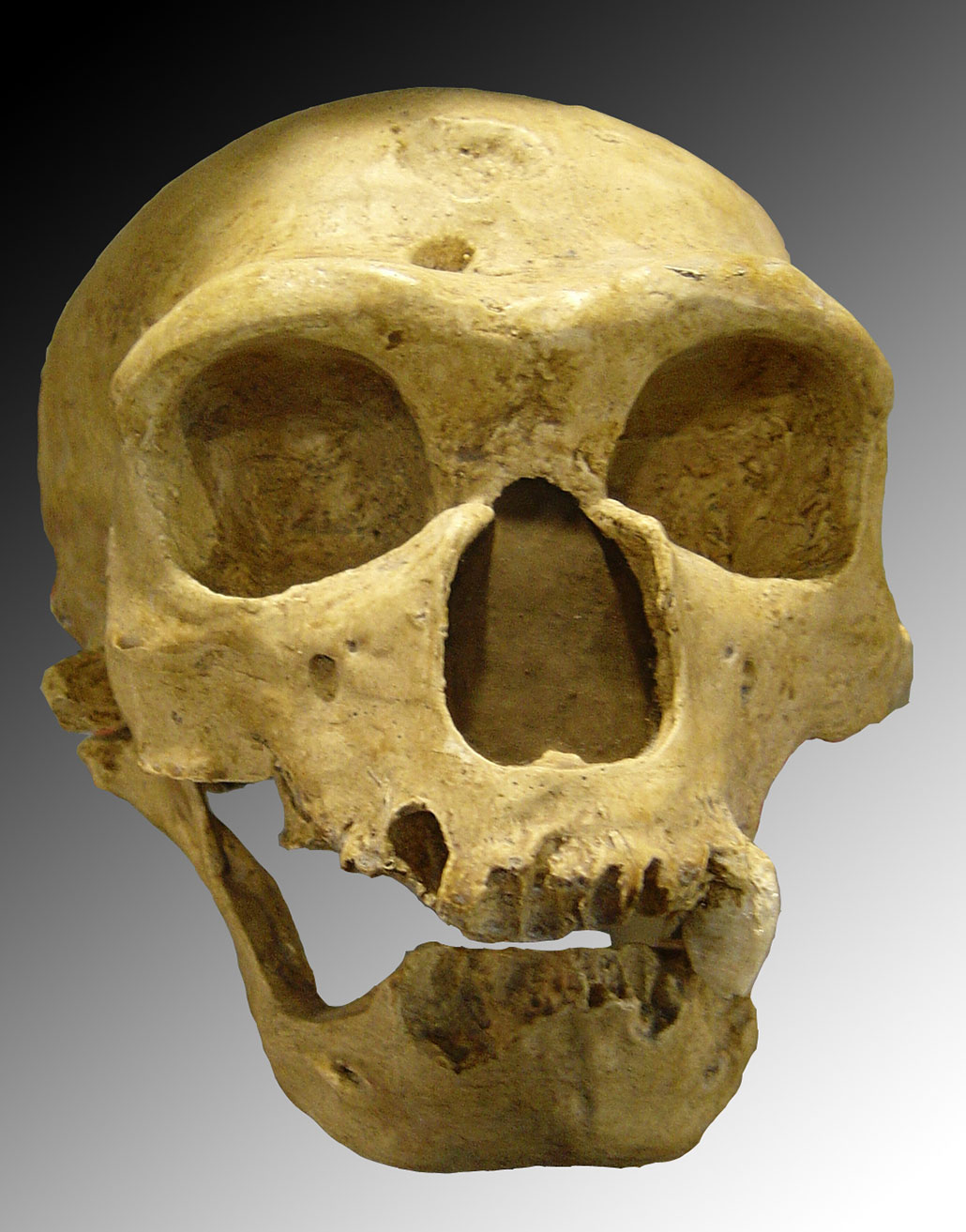
Explains Spikins: “We can look at those injuries and illnesses and then see, well, did the person survive after that?” In some cases, skeletons reveal that the injured person lived another 10 to 15 years. The only way to interpret that, she notes, is that “other people must have helped them.”
Based on Neandertal skeletons unearthed to date, it appears anywhere from 80 to 95 percent of the population may have suffered traumatic injuries. Why did they get injured so often? No one can be sure. But evidence suggests many injuries occurred while people were hunting mammoths and woolly rhinos.
“You really need to get up close with a really big spear to hunt them down,” Spikins notes. Tusks, horns and large feet would have easily injured Neandertal hunters. What about fights? “Only two Neandertals have evidence for the kind of patterns of injuries which would indicate conflict with other people,” she says. And those may have come from our own species, rather than from other Neandertals.
When individuals died, others must have used some burial or mortuary practice. Indeed, Spikins points out, “The reason why we have the skeletal remains today is by and large because they were doing something.” Perhaps they buried the body in a cave. Or maybe they deposited it down a big cleft in the ground. What is fairly obvious, Spikins notes, it that if they had left bodies out in the open, the bones would have decayed long ago.
From burials and healthcare to fire use and toolmaking, Neandertals were more like us than many people have wanted to believe. “For me, Neandertals are a reminder of our arrogance,” says Hardy. We’re still here and Neandertals are not. “We usually take that as, we’re the winners. We made it, Neandertals didn’t. They went extinct, they must have done something wrong.” But when we look without that bias, he says, we find much more to show how similar our two species were.
As for extinction, Hardy argues that might not have happened. “When our group of modern humans encountered them, we interbred. A lot.” Maybe, he says, they didn’t really go extinct so much as merge with modern humans.
“There’s more Neandertal DNA around now than there ever was during Neandertal times,” Spikins points out. Most of us have about two percent Neanderthal DNA. That isn’t very much, she notes. “But there are so many more of us than there were Neandertals. A lot of their genome, we still have around today.”







